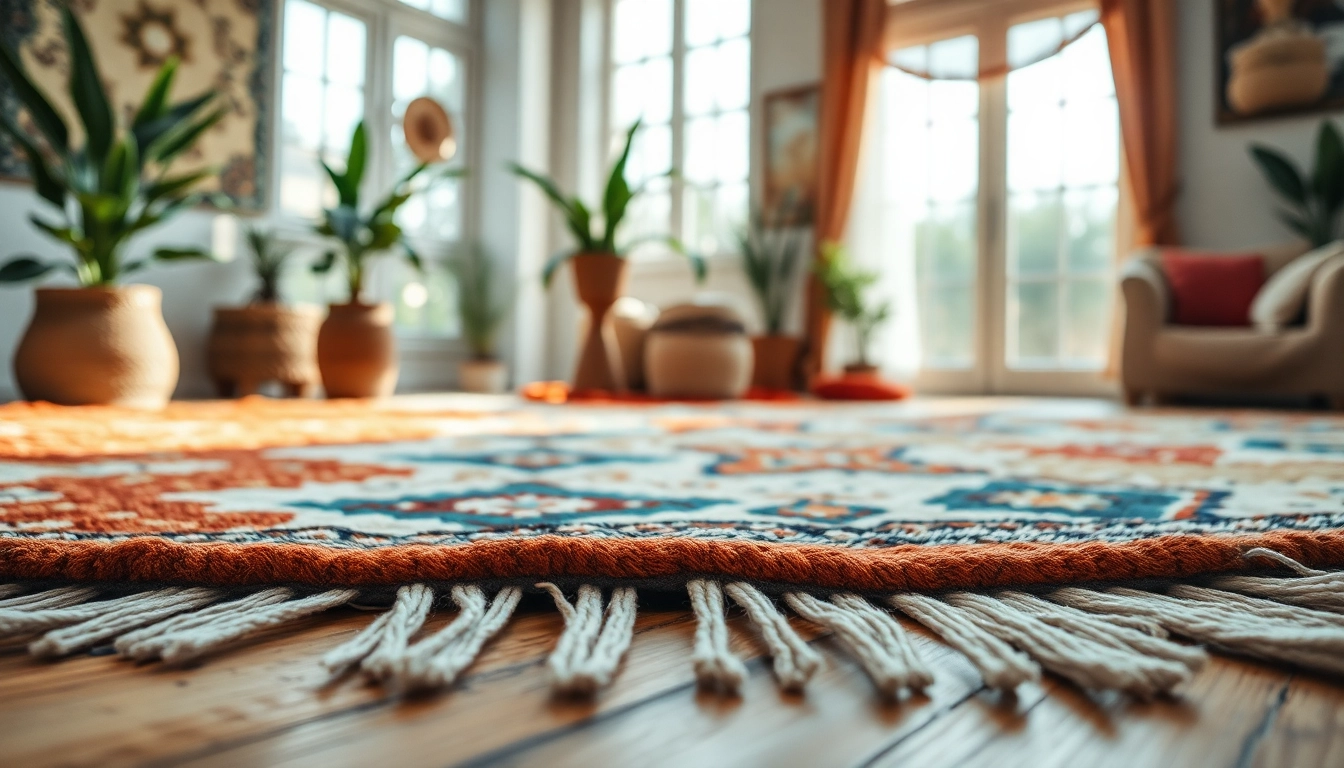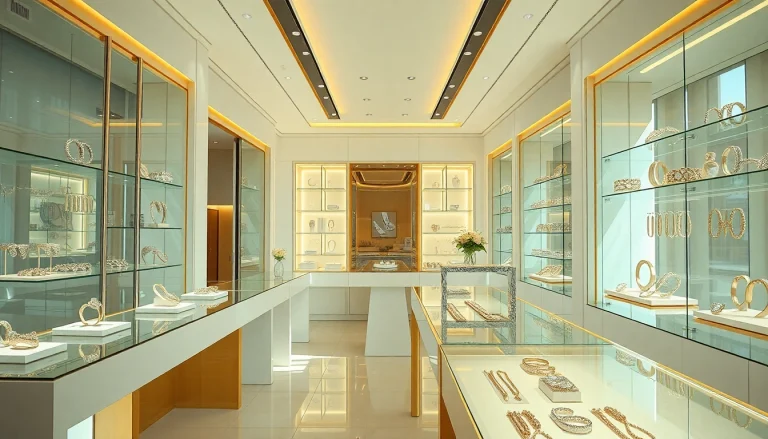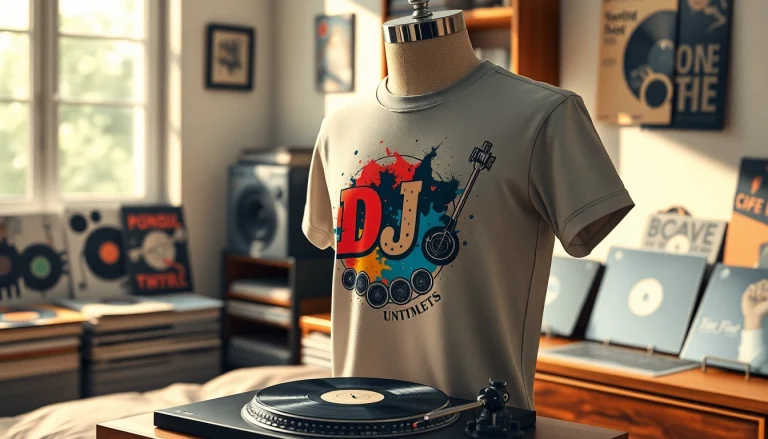Introduction to Moroccan Boucherouite Rugs
In the realm of handmade textiles, few pieces invoke as much admiration and intrigue as Moroccan Boucherouite Rugs. Known for their vibrant colors, unique styles, and rich cultural heritage, these rugs are more than mere decorative items—they are living pieces of art that reflect the stories and traditions of the Berber people of Morocco. In this comprehensive guide, we will delve into the cultural significance of these rugs, explore the materials and techniques used in their creation, and trace their origins in the historical context of Moroccan craftsmanship.
Understanding the Cultural Significance
Moroccan Boucherouite rugs are a testament to the creativity and resourcefulness of Berber women who have been weaving these textiles for generations. Traditionally crafted from leftover fabric scraps, these rugs symbolize not only artistic expression but also resilience and sustainability. Each piece is unique, often incorporating a blend of textures and colors that resonate with the personal stories and circumstances of the weaver.
These rugs play a vital role in Berber culture, often used in home settings as both practical items for warmth and beauty, as well as spiritual objects during significant life events and rituals. The individual patterns and motifs are often imbued with personal symbolism, making each rug a narrative tapestry, telling stories of the weaver’s life, heritage, and dreams.
Materials and Techniques Used
One of the defining characteristics of Boucherouite rugs is the diverse materials from which they are made. Unlike traditional wool rugs, Boucherouite rugs are typically crafted from cotton, synthetic fibers, and other fabric scraps. This eclectic mix is essential in producing the distinctive texture and playful aesthetics for which these rugs are renowned.
The weaving technique itself is predominantly simple, often utilizing a flat-weave method. This allows for quicker production and is ideal for the use of various textile pieces, leading to a rewarding recycling practice. Each knot and twist of fiber serves a purpose beyond mere functionality, as it enables the integration of vibrant designs that reflect the weaver’s creativity and cultural heritage.
Origins and Historical Context
The origins of Boucherouite rugs can be traced to the mid-20th century, coinciding with significant social and economic changes in Morocco. As industrialization and globalization began to influence traditional lifestyles, Berber women sought new ways to express their artistry and sustain their families. The practice of weaving carpets became not only an art form but also a means of income.
Historically, the Boucherouite style stands apart from the intricate designs of more traditional Moroccan rugs such as Kilims or Taznakht rugs. The transition to using bright colors and diverse fabrics marks a cultural shift driven by the desire for unique identities in their surroundings while maintaining ties to their heritage. Today, these rugs continue to evolve, embracing contemporary styles and global customers while keeping their unique heritage alive.
Unique Features of Moroccan Boucherouite Rugs
Patterns and Colors That Define Them
The most immediate and striking feature of Boucherouite rugs is their bold use of color. The rugs often feature a dazzling array of shades, mixing bright hues like fuchsia, turquoise, and yellow with more muted tones. These color combinations create a captivating visual impact that can brighten any room.
Patterns, on the other hand, are often geometric and abstract, reflecting the linguistic varieties and aesthetic preferences of different Berber groups. The spontaneous nature of their design can lead to delightful surprises, ensuring that no two rugs are ever alike. This unpredictability is part of their charm and adds a layer of excitement for collectors and home decor enthusiasts alike.
Craftsmanship and Artisan Stories
The artistry behind Boucherouite rugs is deeply embedded in the tales of the artisans who create them. Each weaver carries their own investment in the design and process, often blending family traditions with contemporary influences. This personal touch not only enhances the rug’s value but also connects the buyer to the weaver’s unique story.
Artisans often use their skills to navigate the challenges of economic uncertainty, equipping themselves with the ability to create and sell rugs that speak to their identity. Many contemporary artisans have been featured in art exhibitions, securing the cultural relevance of their craft and pioneering new pathways for women’s empowerment in their communities.
Comparing Boucherouite with Other Moroccan Rugs
When juxtaposed with other Moroccan rugs, such as Beni Ourain rugs or Kilims, Boucherouite rugs stand out due to their vibrant colors and the eclectic use of materials. Beni Ourain rugs, known for their thick pile and often monochromatic designs, evoke a sense of minimalist elegance while Boucherouite rugs embrace a more freestyle, exuberant tapestry.
Klim rugs, on the other hand, are characterized by their flat-weave technique and lack intricate pile, emphasizing geometric patterns. Both these styles speak to the rich tradition of Moroccan weaving, yet Boucherouite rugs embrace a modern aesthetic marked by individual expression, making them particularly appealing in contemporary interior design contexts.
How to Choose the Right Boucherouite Rug
Factors to Consider When Shopping
When considering the purchase of a Moroccan Boucherouite rug, various elements should inform your choice. Look for the colors that will complement your existing decor; the versatile color palette of these rugs can suit a plethora of interior designs. Additionally, consider the room in which the rug will be placed. A high-traffic area may require a rug of sturdier materials.
Moreover, while shopping, pay attention to the dimensions and be clear about the rug’s placement in your living space. A well-sized Boucherouite rug can transform a room and add warmth, while an ill-fitting one can overwhelm or underwhelm the design.
Understanding Size and Shape Variations
Boucherouite rugs come in various shapes and sizes, ranging from small runners to large area rugs. Deciding upon the correct dimensions not only enhances the aesthetic appeal of your room but also impacts the functionality. For example, while a long, narrow runner may suit a hallway brilliantly, a large rectangle embodies comfort and coziness for a living room setting.
Moreover, when considering placement, allow for ample space around the rug to let its beauty shine. Each rug deserves attention, so think about how it will interact with other furniture pieces and elements in the room.
Evaluating Quality and Authenticity
Given the proliferation of machine-made rugs in the marketplace, understanding how to discern quality and authenticity is critical. Authentic Boucherouite rugs are usually handwoven, usually showcasing inconsistencies that contribute to their charm. Look for variations in size and minor imperfections; these are signs of handmade construction.
Examine the materials; genuine pieces will primarily feature natural fibers, even if synthetic textiles are used. Researching the artisan or manufacturer and verifying their reputation can also help ensure you are purchasing an authentic product.
Caring for Your Moroccan Boucherouite Rug
Cleaning and Maintenance Tips
To maintain the vibrant appearance of your Boucherouite rug, regular care is essential. Start by vacuuming the rug on a low setting to remove loose dirt and debris without pulling the fibers. Spot-clean spills immediately with a damp cloth, ensuring you dab rather than scrub to avoid damaging the fibers.
Consider professional cleaning every few years to remove deep-seated dirt and stains but ensure the service is well-versed in textiles and colors to prevent fading or color bleeding.
Storage Recommendations
Storing a Boucherouite rug requires prudence to preserve its structure and colors. When not in use, roll the rug with the pile facing in to avoid crushing the fibers, and store it in a cool, dry place away from direct sunlight to prevent fading. Avoid folding the rug, as creases can become permanent and may damage the weave over time.
Common Repairs and Restoration Techniques
Despite the durability of Boucherouite rugs, wear and tear can occur over time. In circumstances where repairs are necessary, it’s advisable to seek the help of skilled artisans who specialize in textile restoration. Simple fixes can include re-knotting loose fibers, patching small holes, or touching up faded areas.
If the rug requires more extensive work, a restoration professional may recommend reweaving sections to maintain the integrity and appearance of the original piece.
Incorporating Boucherouite Rugs into Modern Decor
Styling Tips for Different Spaces
Integrating a Boucherouite rug into modern decor can create compelling focal points in various spaces. In living rooms, layering a Boucherouite rug over a neutral jute or sisal can add depth and texture while softening hard-surface flooring. In bedrooms, consider a large Boucherouite rug under the bed to extend the visual boundaries of the space and create a cozy ambiance.
In dining areas, placing a Boucherouite rug under the dining table can help define the space without overwhelming the decor style. The durability of the fabric, combined with its striking colors, ensures it can withstand the occasional spill while still being stunning.
Blending with Various Interior Design Trends
Boucherouite rugs are versatile and can adapt to a range of interior design styles, including bohemian, mid-century modern, and eclectic aesthetics. The bold patterns and colors of the rugs harmonize well with minimalist furniture, offering a striking contrast that enhances the overall design.
In modern farmhouse settings, a Boucherouite rug injects an unexpected pop of color, especially against rustic wood elements. In contrast, contemporary interiors with sleek lines can find an interesting counterpoint in the playful shapes and textures of these vibrant rugs.
Showcasing the Rug as a Focal Point
The dynamic nature of Boucherouite rugs makes them prime candidates for statement pieces in any room. Positioning them in high-visibility areas allows their uniqueness to shine. Consider using a large rug in a neutral setting to draw attention to the artistry involved.
Moreover, pairing Boucherouite rugs with complementary decor elements, such as modern furniture, neutral wall colors, and natural materials, can amplify their beauty while keeping the room balanced and cohesive. Each rug brings its personality, making it a striking center point for any design palette.







